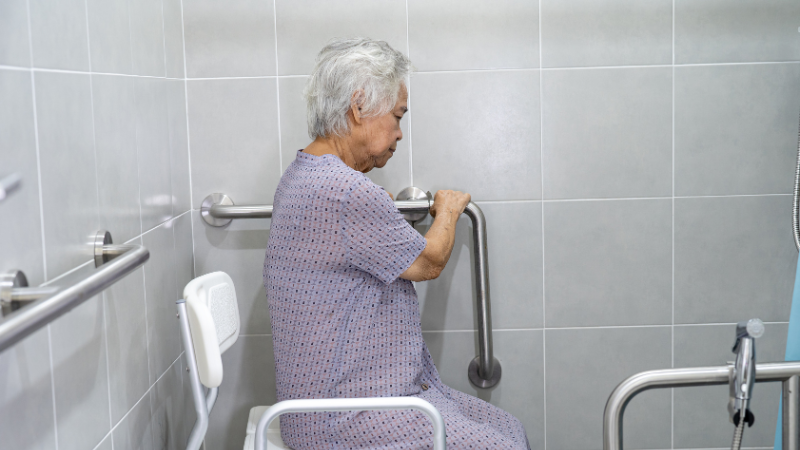Creating a safe and comfortable home environment is essential, especially for seniors who are more susceptible to slips and falls. Selecting the right senior-safe flooring materials is a crucial step in ensuring the well-being and mobility of our elderly loved ones. This article delves into the best flooring options that cater to their needs, offering a blend of safety, comfort, and aesthetics.
When it comes to senior-safe flooring materials, choices like rubber, vinyl, cork, and carpet stand out as popular choices. Each has its unique advantages, offering both safety and style. Whether you’re considering modifications for a loved one’s home or planning for your own future needs, understanding these flooring materials can make all the difference.

Why Consider Senior-safe Flooring?
For seniors, maintaining independence and mobility is paramount. As we age, our balance and stability can decrease, making us more prone to falls. With the right flooring, these risks can be significantly minimized.
Benefits of Senior-safe Flooring
- Reduces fall risks: Provides better grip and support.
- Improves mobility: Easier to navigate with walkers or canes.
- Comfortable: Cushioned options for added comfort.
Top Senior-safe Flooring Materials
1. Rubber Flooring
Rubber flooring offers excellent grip, reducing the chances of slips and falls. It’s also soft underfoot, making it comfortable for daily use. You can read more about slip-resistant flooring.
2. Vinyl Flooring
Vinyl is not only affordable but also water-resistant and easy to maintain. It’s available in various designs, providing aesthetic flexibility.
3. Cork Flooring
With its natural softness and sound-absorbing qualities, cork flooring offers a warm and safe option. Its ideal for those who want an eco-friendly choice.
4. Carpet and Rugs
Carpeting can provide a soft surface for walking, although it’s crucial to choose low-pile options to avoid trip hazards. More about common trip hazards can be found in our dedicated section.
Installation Considerations
When installing senior-safe flooring materials, it’s important to ensure transitions between different flooring types are smooth to prevent tripping.
Professional Assistance
Hiring professionals for installation can guarantee that standards are met for safety and durability.
Maintaining Senior-safe Floors
Regular Cleaning
To maintain the effectiveness and appearance of these floors, regular cleaning is recommended. This minimizes dust and allergens that can accumulate over time.
Routine Inspections
Scheduling regular inspections to check for damage or wear can prevent potential hazards. Simple checks can make a big difference.
Cost Analysis
While some senior-safe flooring materials may have a higher initial cost, they often save money in the long run through fewer accidents and less maintenance.
Long-term Investment
Investing in quality flooring can increase a home’s value while providing a safer environment.
Making an Informed Decision
When choosing senior-safe flooring materials, consider the specific needs of your living space, budget, and personal preferences. For more tips on home modifications, you can visit Care Indeed.
Consultation with Experts
Consulting with experts and engaging in forums where flooring options are discussed can offer valuable insights.
Other Flooring Tips
Ensuring enough lighting around floor areas and using contrasting floor colors can also help in enhancing visibility.
Color and Texture
Choosing a color and texture that contrasts with the surrounding environment can help seniors recognize differences in elevation.

FAQs
What are the safest flooring options for seniors?
Rubber and vinyl are considered the safest due to their non-slip surfaces.
How can flooring reduce fall risks?
Non-slip materials and cushioned surfaces help in maintaining balance and absorbing shock.
Should I opt for professional installation of flooring?
Yes, professional installation ensures that the flooring is laid correctly, minimizing potential hazards.
This article contains affiliate links. We may earn a commission at no extra cost to you.

